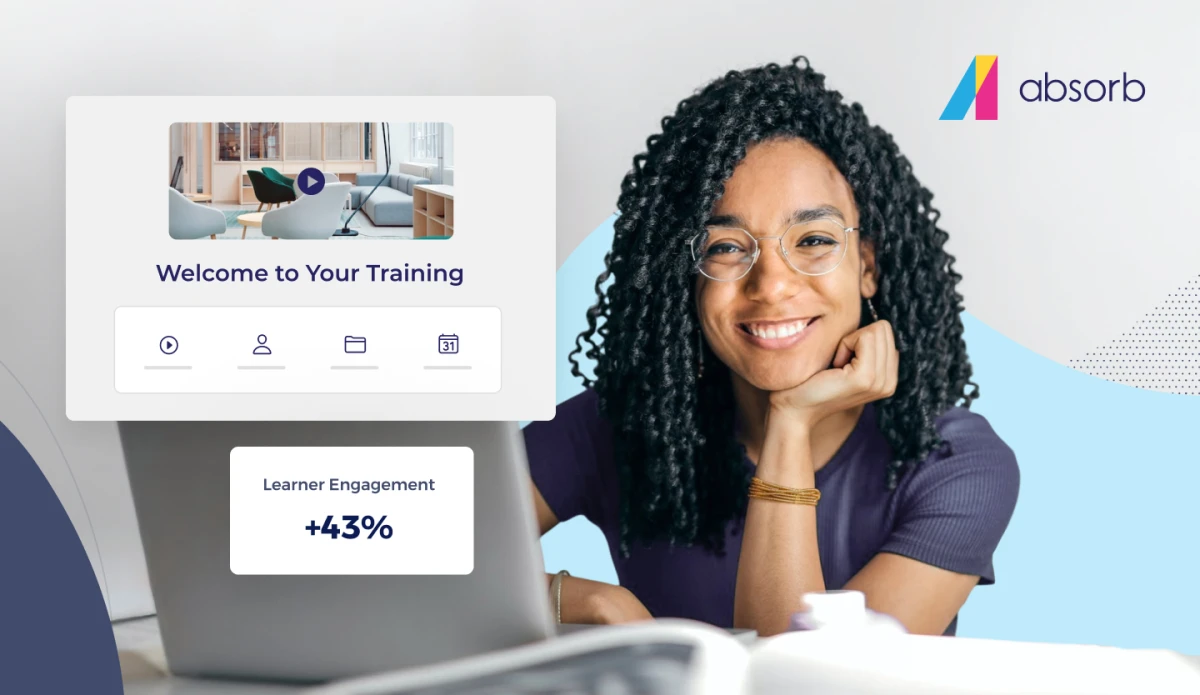You purchased your LMS with high hopes. It might have worked for a time—fitting your needs to a T—but those needs have since evolved beyond recognition. Or, perhaps it never quite lived up to your expectations from the start. Either way, it’s likely time to review your technology to ensure it can continue to adapt as you do. To make sure it’s the “right” size for your organization, both now and tomorrow.
To make sure your learning and development (L&D) program is effective, we’ll review four essential considerations you’ll want to note to right size your LMS.
Futureproofing Your LMS
If you can’t remember when you last assessed how your organization’s needs map to your eLearning platform, then it might be time. Your requirements have likely changed since you purchased your current LMS and you may now be confronted with a different mix of training challenges.
While you may not know what your needs will be in two or three years, you can still put together a list of requirements, just as if you were picking a new LMS today. Determine if your:
- Learner pool is still manageable
- eCommerce capabilities are being met
- Integrations with existing software tools are fostering growth
If not, you likely need to look for a solution that better fits who you are today, yet also has the capacity to evolve and grow with you. The goal is to be ready when the future comes.
Engaging & Compelling Content
Increase learner engagement with compelling content—while reducing workload—by choosing an LMS rich with content libraries. With thousands of courses at your fingertips, deploying new content quickly while still maintaining satisfaction with quality and variety is easier than ever. Your learners will thank you, and you’ll likely see higher completion rates and better information retention.
LMS Technology Fit
How proficient are your learners and administrators? Much of the learner experience depends on the quality of content and how intuitive the user experience is. If you have to repeatedly train learners how to use your training system, you could likely benefit from an interface that’s less complex.
Beyond being intuitive, your LMS should share data with the enterprise applications you already use. Integrating with your SSO solution, as well as data integrations with your CRM and HRIS systems should be available. For organizations that are technically inclined and need more, an API will offer further opportunities to make use of all data in your LMS.
Exceptional Support
Support can vary widely and be a good indicator of how valued you really are as a customer. All software has bugs and hiccups. The difference then becomes how you’re treated when you call for help. If you feel like a number instead of a human when seeking support, your LMS team is missing the mark. For your next choice, seek 24/7/365 support, and ask whether you get a dedicated representative, and how quickly they typically address bugs.
If missing any of these support services, your team may find themselves waiting in a queue. Even worse, the LMS that you once depended on for its robust feature set may stagnate and lose its usefulness. By checking software update schedules and service-level agreements, you can be sure it’s the right fit.
The Verdict
Changing technology has become part of the modern business cycle. As your needs change, your technology should help—not hinder—your organization’s growth. Rightsizing your LMS is a great first step when evaluating whether to keep or move on from your current technology.
If you’re looking for a responsive partner that will grow with you, give Absorb a try. Take a free look on your own. No pressure. When you’re ready, let’s talk. Enjoy!





